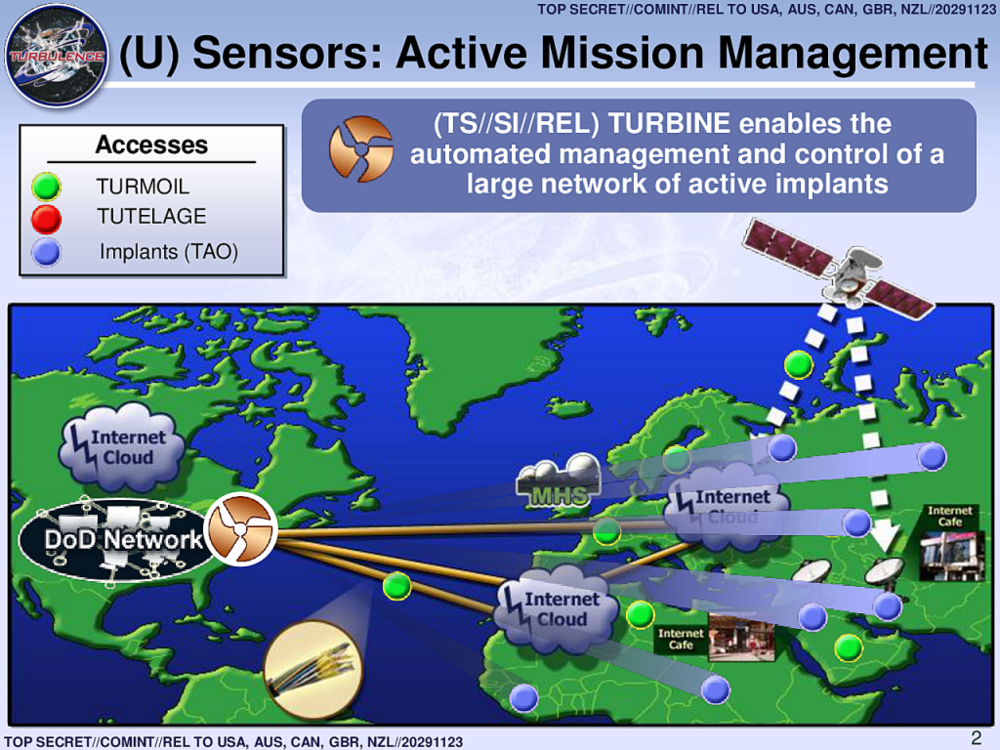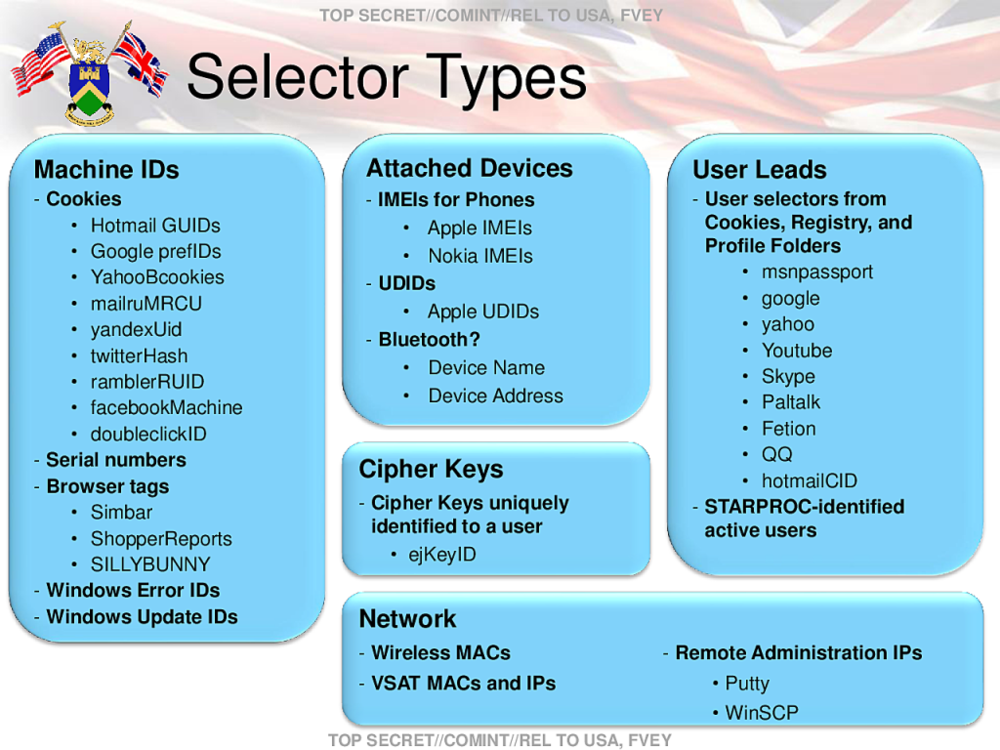Glorifying the power of the ‘connected’ self
“Keeping track of your emails and staying on top of your calendar might be hard enough, but for American software developer Chris Dancy, life doesn’t feel complete without several hundred data sets about his life being fed to him simultaneously at all times.
Today, Dancy is “travelling light”, only wearing seven devices: above his eyes sits the unmistakable horizontal bar of a Google Glass headset, which records everything he sees, while around his neck hangs a Memoto narrative camera, which takes a picture every 30 seconds for good measure. On one wrist is a Pebble watch, which sends him alerts from his two smartphones, while around the other is a Fitbit Flex, tracking his movement and sleep patterns 24 hours a day. And then there’s the stuff you can’t see: a Blue HR heart rate monitor strapped to his chest, a BodyMedia fitness tracker around his upper arm and, lurking beneath his waistband, a Lumoback posture sensor – “which vibrates when I slouch,” he beams.
“Right now I feel pretty naked,” he says, “because I can’t control the room.” Back at home in Denver, Colorado, all the data from these devices feeds directly into his ambient environment, which automatically adjusts according to his mood and needs.
“The house knows my behaviours,” he says. “If I get really stressed out and don’t sleep well, when I wake up the light is a certain colour, the room a particular temperature, and certain music plays. My entire life is preconditioned based on all this information that I collect in real time.”
“All this stuff […] needs to be in my clothing. Why can’t your shoes have haptic sensors in them, so if you’re walking you don’t need GPS – your shoe just vibrates left or right? I think this low-friction, ambient feedback is really the future, but for now we have to strap all this stuff on and look silly.”
Dancy is perhaps the most extreme exponent [of] a community dedicated to tracking and archiving every aspect of their known existence. But might others also be watching them too?
“That’s a very real concern,” says John Weir, director of the Wearable Technology Show. “You can quantify yourself as much as you want, but a lot of that is fed back on the web, and a lot of the companies now hold immense amounts of data on their customers. Particularly with medical applications, where people will hopefully be feeding stuff back to their doctors, the ownership of data and privacy is going to become a big issue.”
Dancy shares these concerns, but is more optimistic about the beneficial power of mastering our data, as long as we stop giving it away. “We don’t have a sharing problem, we have a data intimacy problem,” he says. “It’s urgent that people look at the data they are creating and giving away – so much of it can be used to make our lives better, rather than lining the pockets of mega corporations.”
In reality, few have the software skills to ensure their personal data is not being harvested against their will, so maybe it’s for the best that most wearable tech still makes you look like an extra from Star Trek. For some, that’s a useful deterrent from ever wearing it.”


